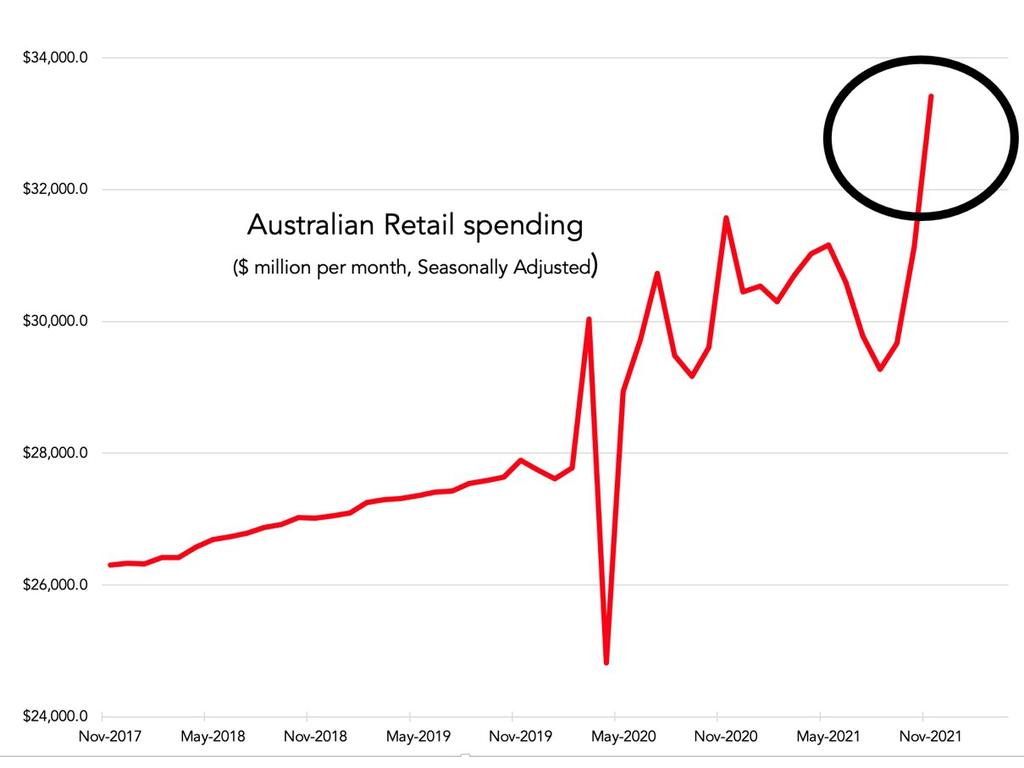Post-lockdown massive spending spree helps Australia’s economy rebound in 2022
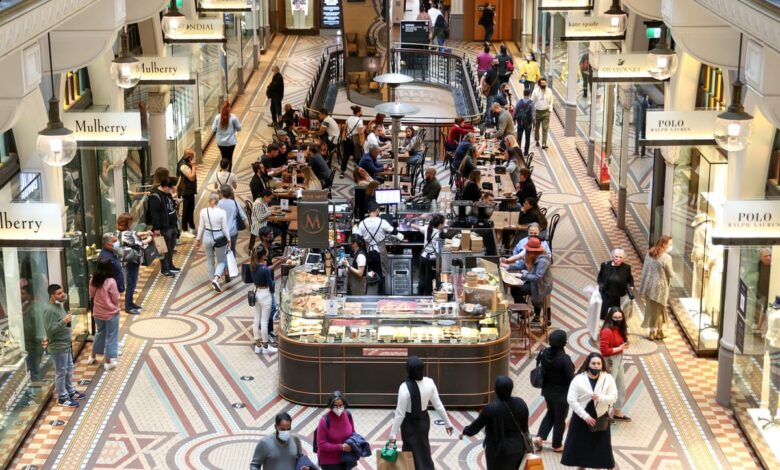
Post-lockdown massive spending spree helps Australia’s economy rebound
Australia’s domestic products has exceeded by 3.4% in December, as compared to 1.9% rate of economy that was in the last three months when Australia was functioning under the tight working schedule of the Covid restrictions, which the Bureau of Australia Statistics has stated. Although the percentage of economy has been better as compared to the time when it was very bad in the Covid still some of the economists have suggested that it was still not strong enough for a country like Australia.
The pent-up demand in the number of households in private sectors in Australia was better after the Covid lockdown which somehow helped to drive Australia’s economy and intiating in the growth.
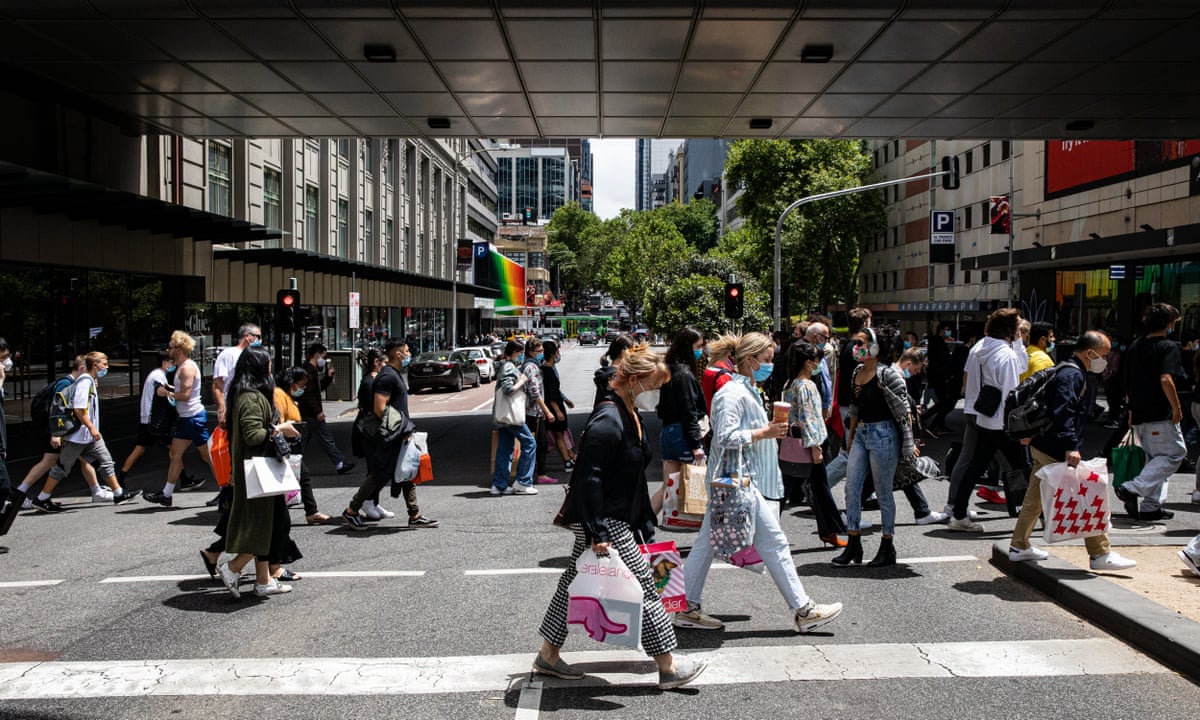
The GDP was raised to 4.2% in the quarter of December in 2021 when it was 2.4% before, which completely accelerated the quarters of September, pushing the annual rate up to 3.4%. The Covid affected the economy of many countries, bringing it down to a great level and forcing the people to try out new ways to bring back their precious time and economy that they had.
Some of the economists of Australia had already warned the people and had even predicted the uncertainties that was caused from the conflict going on between Russia and Ukraine. This invasion on Ukraine has brought down many countries and consequences are faced by the same. The household saving ratio, which makes the count of the measures of the income of the people, which has fallen to 13.6% from 19.8%.
“Domestic demand drove the growth this quarter with high levels of household spending, specifically in the states that emerged from Covid-19 lockdowns,” was said by Sean Crick, known to be the head of the National Accounts at the Australian Bureau Statistics. “The household spending of the Australian homes has recovered from the 4.8% dive in September and has exceeded the pre-pandemic levels for the first time,“ the ABS said. The difference between December and September has brought great changes to the households of Australia and affected people’s economy at the same time.
The time before pandemic and the time after pandemic has a lot of differences. “Household spending in the locked-down jurisdictions of NSW, Victoria and the ACT has risen to 9.6% if compared to the rest of the Australia household which just rose to 1.6.” The pandemic hugely affected the household of Australia and the country has been recovering ever since.
Spending on goods is considered a natural part of our lives. Therefore, it has the power to affect the lives of a lot of people. Some goods were held up better in the restrictions of Covid situation also and it upgraded to the level of economy to 6.3% when it was to the level of 4.4% during the start of the Covid.

The private investments were different from the public ones because the private ones dropped to 1.4% when it was working better with 3.4% before, reflecting the shortage of ongoing labour along with the materials involved in the construction business.
The ABS has given several pointers on this ongoing situation of the post-lockdown spending spree helping the economy of Australia. The consumption of the government goods, considered to be the major economic procedure, has made no kind of net contribution to some of the latest quarters of growth.

The government plays a major part in increasing or decreasing the consumption of the household goods. It was initiated by some of the banks of Australia like the Westpac, and some other banks which had their increasing and decreasing level of growth.
The expected Australian GDP rate should be rebound to around 3.5% in 2021 when it declined to 2.4%, in 2020. The economy is recovering at a fast speed, even with the strict measures that were imposed in some of the states in the year 2021, which now have been lifted. The pandemic came to be one specific event that was heavy on all kinds of businesses, be it small or large, and this event has even highlighted the inequalities that had been present in the education system all along.
The recovery in the growth of the economy has brought new opportunities to upgrade the level of innovation and creation, to meet the changes targeted in a cost-efficient method. The hotels, restaurants and cafes were the simple targets of the shoppers, rising around a quarter during the three final months of 2021, when the percentage of the recreation and the cultural life of Australia grew, up to 17.1%, when it was 10.1% and the health up to 7.9% which was 5.6%. In the year 2022, it is expected that the economy will grow with the same speed and continuation, although, due to some of the recent developments, risks in the economic field have gone to the downside.

There have been a lot of domestic developments like the vaccination upliftment, the lockdown and the international developments. The households of the private, along with the public, had different levels of drop and are working according to it. People from Australia have been working very hard to recover their economy rates which they have lost because of the lockdown.
Australia was the one place that held strict lockdowns during the summer, but in the current time, the situation is the complete opposite because of many restrictions that disappeared in Europe and US.
It was just because of the high number of Covid patients because of which it faced the strict lockdowns, and it has been a drag on the economy because of the restrictions to even travel in Australia that would hamper the economic progress.
The pace of the economic growth of Australia should be active this year when the measures of the lockdown have been removed with the spending, supporting the money policies that would increase the domestic demand, and with the external sectors to get the benefit from the global demand for the number of commodities.
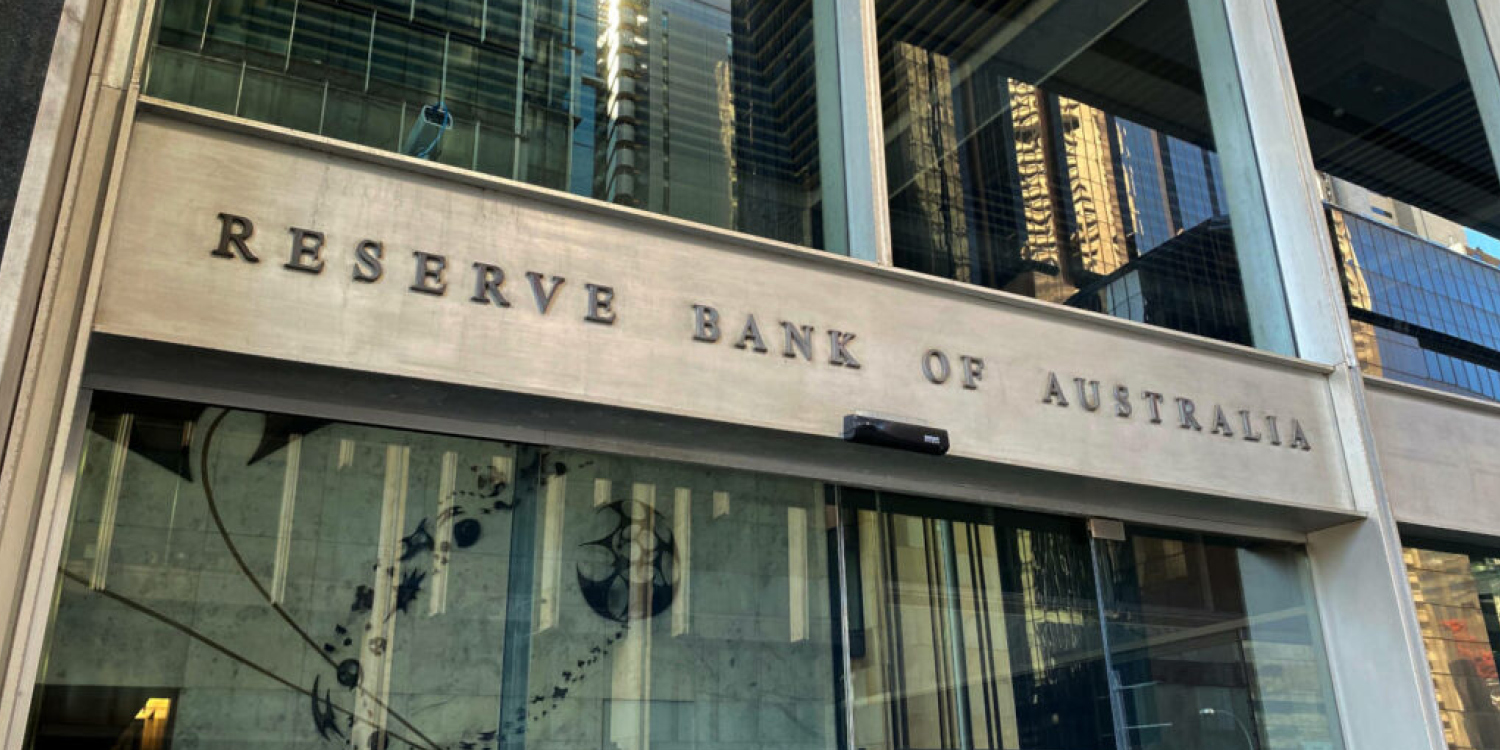
The economy of Australia was expected to record a new GDP of around the value of 10% over the first half quarter of 2020. Rising household spending, business investment and the higher prices of the commodities have helped to drive the expansion of business in Australia. There have been big amounts from the government spending and the economic growth from the Reserve Bank of Australia that has helped to supercharge the complete rebound.
It’s not shocking how Covid has affected the economic growth so much, the main issue is the complete cost requirement in the rebound of it. The quarter of September figures to be released in the three months and would present the economic collapse of at least to the per cent of 2.
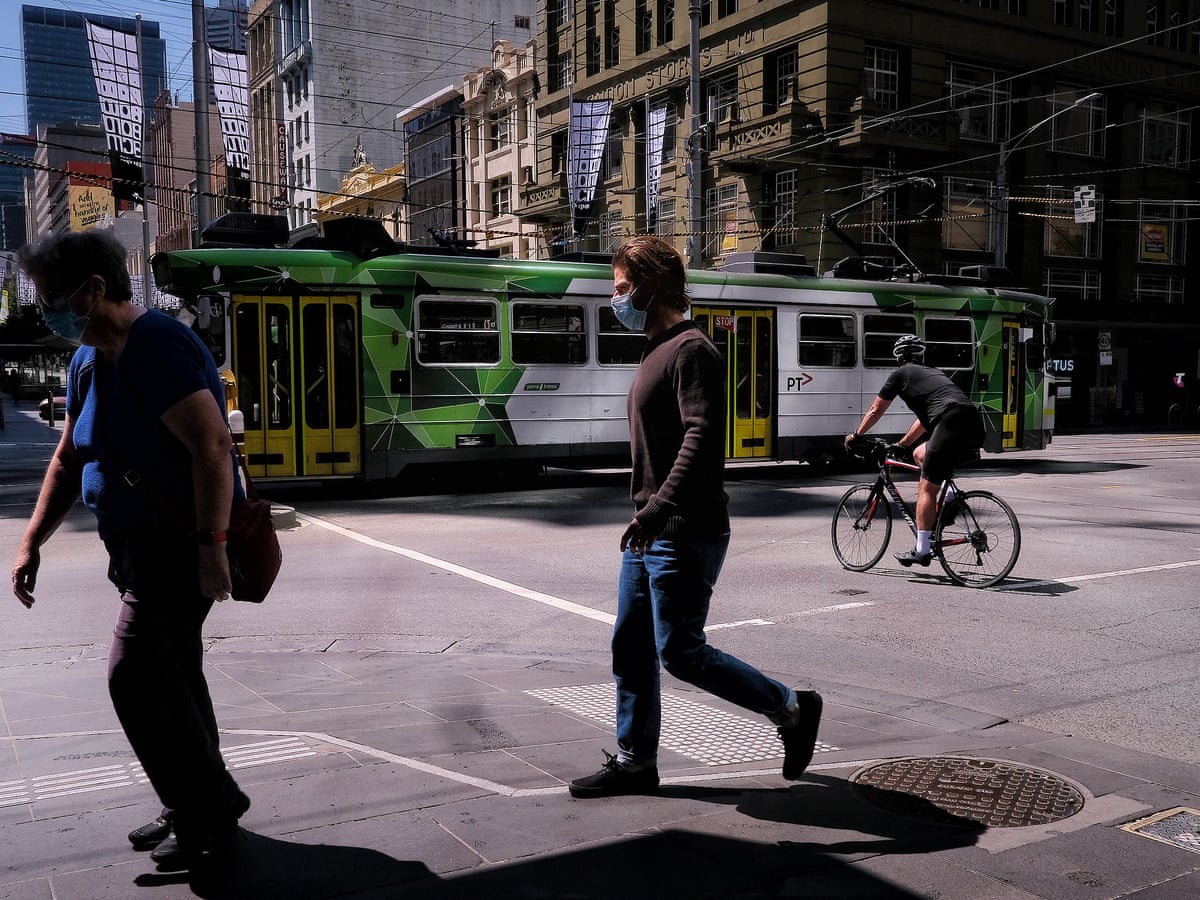
There has been propping up with the domestic gross products in the June quarter to 7.4% in infrastructure spending, which is driven by the states and the local governments. The spending of the household was accounted for a rating around 1.1% in the quarter because the Australians took the advantage of the Covid to increase the spending on all kinds of domestic tourism.
The Australians were kind of in a better position or situation to spend when the situation in Australia was not affected by Covid. Before the time of the lockdowns, the households were recording their high savings-rate percentage.
Because of so many events that have happened, people have shifted their part of consumption from the services to goods, because they were not able to have direct spending towards the number of services like hotels and cafes. This situation has caused the emergence of the demand for the goods resulting in recording the highest imports in Australia this year.

